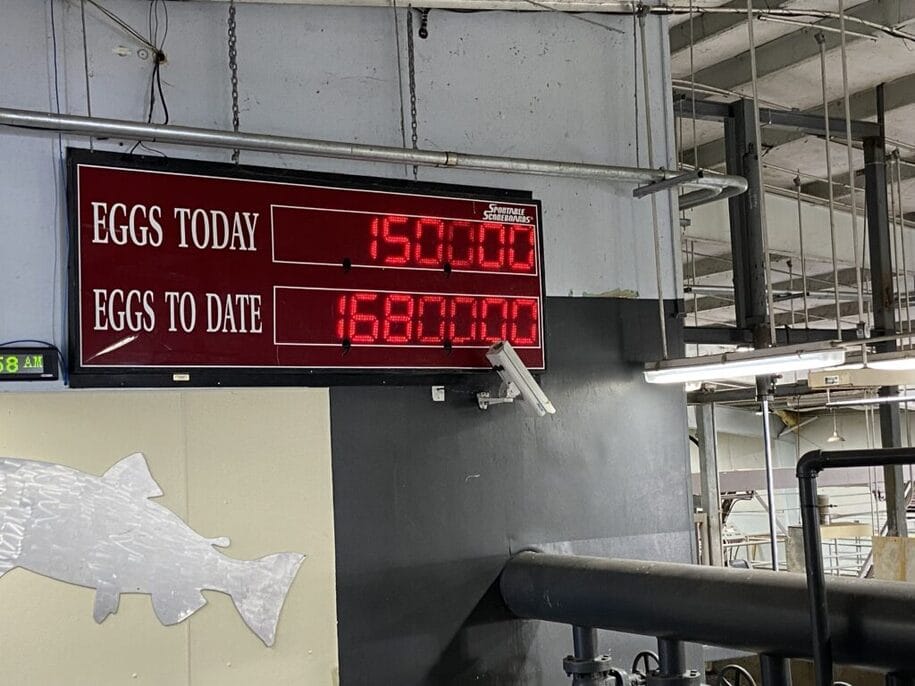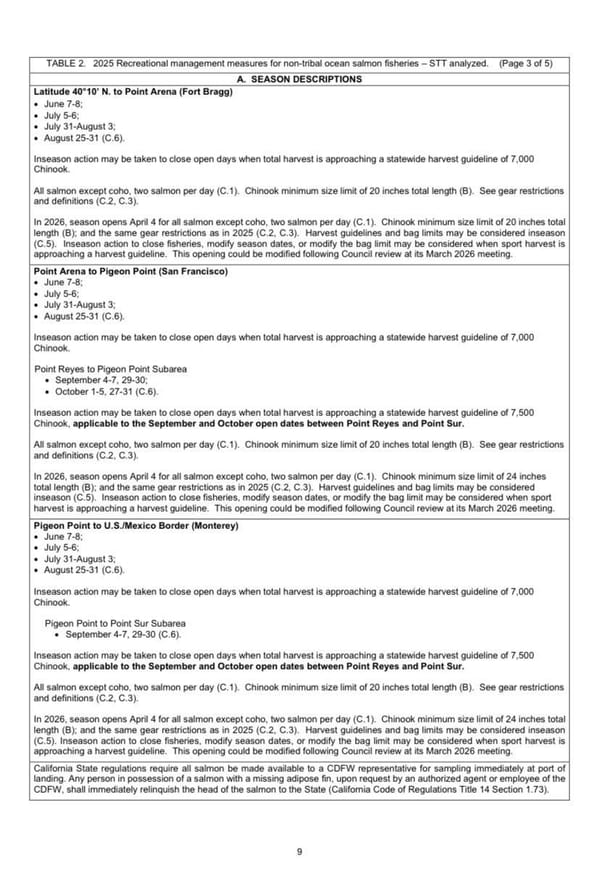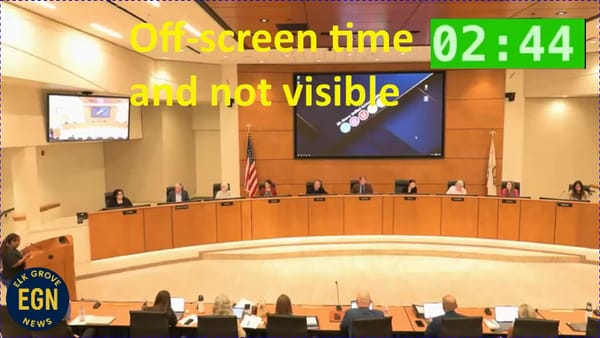Fall Chinook Salmon returns to date are shockingly low on Upper Sacramento River
Because of the low numbers of salmon that returned to the Sacramento and Klamath River Basins in 2022 and 2023, all ocean commercial and recreational fishing for salmon has been closed in California




